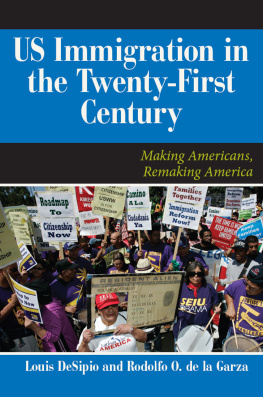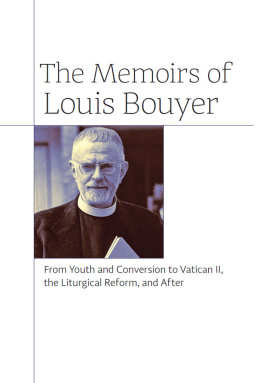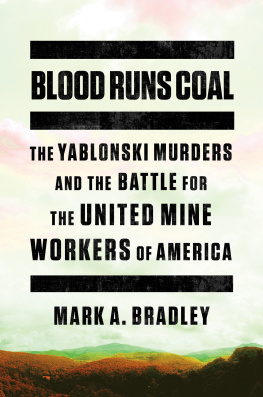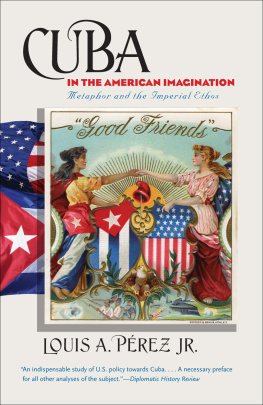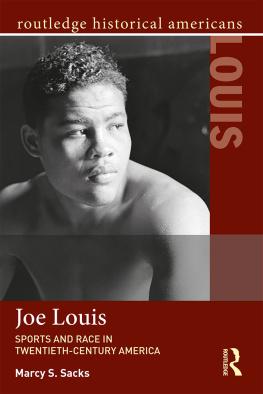M. B. B. Biskupski - The Most Dangerous German Agent in America: The Many Lives of Louis N. Hammerling
Here you can read online M. B. B. Biskupski - The Most Dangerous German Agent in America: The Many Lives of Louis N. Hammerling full text of the book (entire story) in english for free. Download pdf and epub, get meaning, cover and reviews about this ebook. year: 2015, publisher: Northern Illinois University Press, genre: Detective and thriller. Description of the work, (preface) as well as reviews are available. Best literature library LitArk.com created for fans of good reading and offers a wide selection of genres:
Romance novel
Science fiction
Adventure
Detective
Science
History
Home and family
Prose
Art
Politics
Computer
Non-fiction
Religion
Business
Children
Humor
Choose a favorite category and find really read worthwhile books. Enjoy immersion in the world of imagination, feel the emotions of the characters or learn something new for yourself, make an fascinating discovery.

- Book:The Most Dangerous German Agent in America: The Many Lives of Louis N. Hammerling
- Author:
- Publisher:Northern Illinois University Press
- Genre:
- Year:2015
- Rating:3 / 5
- Favourites:Add to favourites
- Your mark:
The Most Dangerous German Agent in America: The Many Lives of Louis N. Hammerling: summary, description and annotation
We offer to read an annotation, description, summary or preface (depends on what the author of the book "The Most Dangerous German Agent in America: The Many Lives of Louis N. Hammerling" wrote himself). If you haven't found the necessary information about the book — write in the comments, we will try to find it.
On the morning of April 27, 1935, Louis N. Hammerling fell to his death from the nineteenth floor of an apartment in New York City, where he lived alone. Hammerling was one of the most influential Polish immigrants in turn-of-the-century America and the leading voice and advocate of the Eastern Europeans who had come to the country seeking a better life. He was also a pathological liar, a crook, a swindler, a ruthless entrepreneur, and a patriotof which nation he could never decide.
In the United States, Hammerling rose from the poverty of his youth to the heights of wealth and power. He was a timberman and mule driver in the Pennsylvania coal mines, an indentured worker in the Hawaiian sugar fields, one of the major behind-the-scenes powers in the United Mine Workers, an employee of the Hearst newspaper chain, an influential figure in the Republican Party, the owner of an advertising agency that made him a millionaire, a correspondent of Theodore Roosevelt and William Howard Taft, and a senator of the Polish Republic. A Jew whose conversion to Catholicism did not protect him from anti-Semitism, Hammerling was monitored by state and federal agencies and was, in the words of his pursuers, the most dangerous German agent in America. M. B. B. Biskupski consulted more than forty archives in four countries, using trial testimony, intelligence reports, and blackmail correspondence to reconstruct Hammerlings story.
The life of this mysterious man offers a window through which to see larger themes: labor and immigration politics in late nineteenth- and early twentieth-century America, espionage during World War I, the birth of modern Polish politics, and the tragic struggle of a poor immigrant striving for success in America. Scholars and general readers alike will be interested in this fascinating book.
M. B. B. Biskupski: author's other books
Who wrote The Most Dangerous German Agent in America: The Many Lives of Louis N. Hammerling? Find out the surname, the name of the author of the book and a list of all author's works by series.

